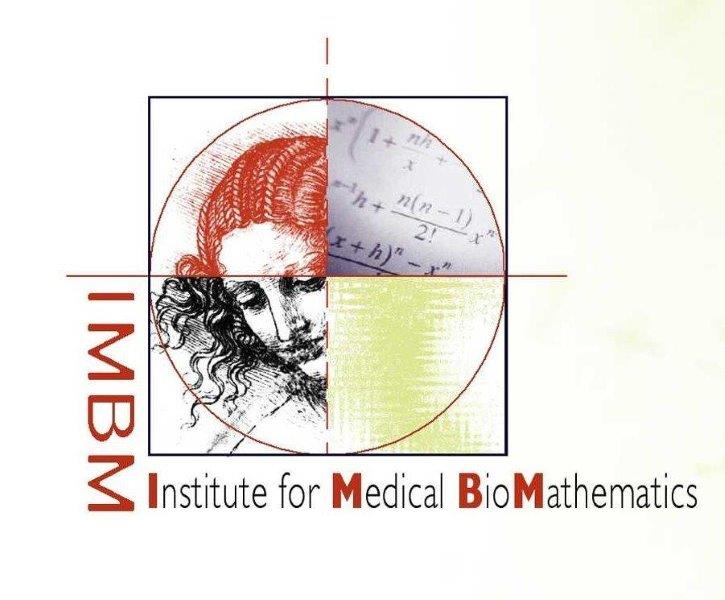
Epidemiological Data Analyzed by a Probabilistic Model Confirm the “One Hit” Hypothesis for the Transformation of Myelodysplastic Syndrome Patients to Acute Myeloid Leukemia
Background
Myelodysplastic syndromes (MDS) are one of the most common hematological malignancies. Patients diagnosed with MDS will experience hematopoietic stem-cell disorders characterized by bone marrow failure with a substantial risk of progression into Acute Myeloid Leukemia (AML) (Aul, Giagounidis, & Germing, 2001); a condition termed secondary AML which has a grave prognosis. About third of MDS patients will progress to AML. Treatment modalities for MDS patients are mostly supportive, adopting the ‘watch and wait’ policy for patients with low to moderate leukemic transformation risk (Garcia-Manero, et al., 2008), and severe clinical intervention such as chemotherapy and bone marrow transplantation for the high risk group. The onset of clinical intervention is assumed critical to prevent the deterioration towards a leukemic state as well as to reduce the complications involved in bone marrow transplantation procedure for patients with bad initial systemic state.
MDS is characterized by significant increase in levels of apoptosis of the hematopoietic progenitors in bone marrow along with increased proliferation of non-maturing blasts (Parker, et al., 2000). When the percentage of such blasts in the bone marrow rises above twenty to thirty percents, the condition is defined as AML. These observations lead us to speculate that the decrease in apoptotic levels, seen in AML patient, is the sole factor for this transformation.
Methods and Results
In this research we analyze a clinical database of ~900 patients, followed from the discovery of MDS until death, and propose a statistical analysis of the AML-free time to account for the MDS-to-AML transformation. We hypothesize that the risk of developing secondary AML is independent of the time past since MDS discovery. By clustering the MDS patients according to severity of MDS disease (according to the International Prognostic Scoring System, IPSS (Greenberg, et al., 1997) we show that each group presents a different AML-free time distribution which entails a different constant leukemic transformation hazard rate that otherwise, if seen as a homogeneous group, reveals the age specific increasing pattern commonly observed.
Conclusions
Our results emphasize that patients who have MDS already for several years are actually at the same risk of the transformation as those just diagnosed, and, consequently, the factor of time past diagnosis should not be considered in the management decision making. Moreover, we suggest that intensive experimental effort can be successful in finding those specific gene(s), which are responsible for the transformation and can serve future therapeutic targets for new “rationally-designed” drugs.
For further reading
- Garcia-Manero, G., Shan, J., Faderl, S., Cortes, J., Ravandi, F., Borthakur, G., et al. A prognostic score for patients with lower risk myelodysplastic syndrome. Leukemia 2008 22(3), 538-543.
- Aul, C., Giagounidis, A., & Germing, U. Epidemiological features of myelodysplastic syndromes: results from regional cancer surveys and hospital-based statistics. Int J Hematol 2001 73(4), 405-410.
- Parker, J. E., Mufti, G. J., Rasool, F., Mijovic, A., Devereux, S., & Pagliuca, A. The role of apoptosis, proliferation, and the Bcl-2-related proteins in the myelodysplastic syndromes and acute myeloid leukemia secondary to MDS. Blood 2000 96(12), 3932-3938.
- Greenberg, P., Cox, C., LeBeau, M. M., Fenaux, P., Morel, P., Sanz, G., et al.International scoring system for evaluating prognosis in myelodysplastic syndromes. Blood 1997 89(6), 2079-2088.

